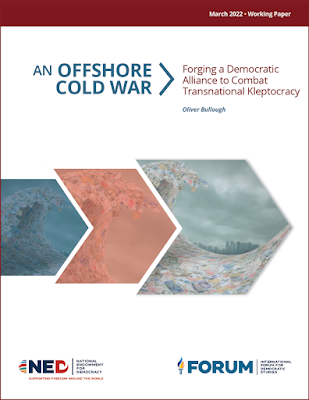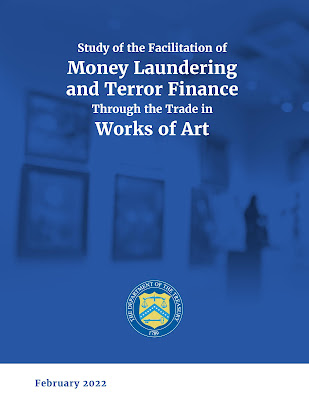For 30 years, Nespresso has been dedicated to bringing its consumers the ultimate coffee experience in a responsible way. Today, it renews that commitment by announcing a new range of paper-based home compostable capsules.
After three years of research and development, Nespresso has created a home compostable paper-based capsule that delivers the high-quality coffee for which the brand is known – with no compromise on the taste experience. Consumer demand for compostable packaging is increasing, and an estimated 45% of French people now home compost one or more types of biowaste.
Guillaume Le Cunff, Nespresso CEO, said: “Pushing the boundaries of fine coffee experiences is part of the Nespresso innovation, and since becoming a B Corp™ earlier this year, we’re more committed than ever to widening the sustainable choices we offer our consumers. We are excited to announce our first ever paper-based home compostable capsule, which will complement our offering of aluminium capsules that are both recyclable and made using 80% recycled aluminium. This is about yet another sustainable choice, without compromising on quality.”
Several aspects of the capsule feature proprietary technology, including the biopolymer lining inside the capsule which protects the coffee against oxidization.
Julia Lauricella, Head of Nestlé System Technology Center, said: “Our 40 years of experience in coffee systems allowed us, together with the Nestlé Institute of Packaging Sciences, to develop a home compostable paper-based capsule, retro-compatible with the Nespresso Original machines, that meets and exceeds the high expectations consumers have of Nespresso in terms of protecting the coffee’s aromas and taste. We combined a high-precision paper pulp forming process with a biodegradable layer for protection against oxidation to preserve our coffee in transport, storage and during the high-pressure extraction in our machines.”
Nespresso’s coffee masters have also created four new blends, including an organic coffee, sourced through the Nespresso AAA Sustainable Quality™ Program, specifically crafted to act in perfect harmony with these new paper-based capsules.
Developed as an alternative for those who prefer and have access to a compost, the innovation will widen the sustainable choices already offered to Nespresso consumers through its aluminium capsules. Aluminium is infinitely recyclable and the capsules are made using 80% recycled aluminium. Today, Nespresso offers over 100,000 aluminum capsule recycling collection points in 70 countries, giving almost 90% of customers convenient access.
The product is certified for composting, both home and industrial, by TÜV Austria, an international certification body. In some countries, including France where Nespresso is piloting this range, these capsules are accepted in the public biowaste bin.
Huhtamaki, a global provider of sustainable packaging solutions, was one of the partners in the development of this new paper-based capsule.
Charles Héaulmé, Huhtamaki CEO, said: “We are delighted to partner with Nespresso on the home compostable paper-based capsule. Part of this breakthrough innovation is the result of combining paper pulp from wood fibre, a natural renewable material, compressing it to a coffee capsule using our high precision technology, creating another sustainable alternative for Nespresso lovers."
Nespresso is committed to raise awareness among consumers on how to compost their capsules, as well as advocating for the acceptability of these coffee capsules in the public biowaste/organic bin. In France, Nespresso initiated Union des Acteurs du Compostable (UAC), an interest group bringing together public bodies, companies, recycling operators, and NGOs to support the implementation of solutions to help producers of biowaste increasing the sorting of biowaste as well as to raising awareness amongst consumers about composting.
The new range will pilot initially in France and Switzerland on the Nespresso Original system. It will be further launched in several other European countries within a year.









